Thanks to a blog reader, I borrowed some more macro equipment.
This time I used an actual scale; here's a wooden ruler, numbered
in cm, mm graduations. This uses the 14-45 kit lens, zoomed in to
45mm, as do most of the following. 41 pixels/mm.
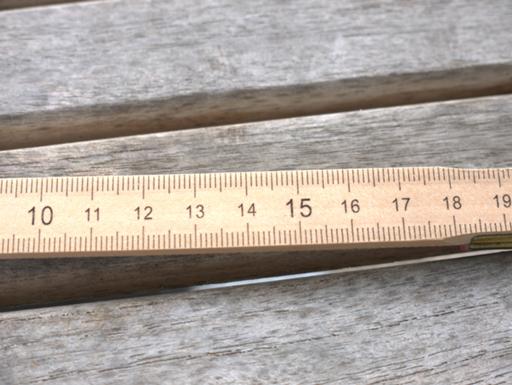
With the 16mm extension tube (from a Kenko DG extension tube set). I
had to lift the ruler off the table. 95 pixels/mm.
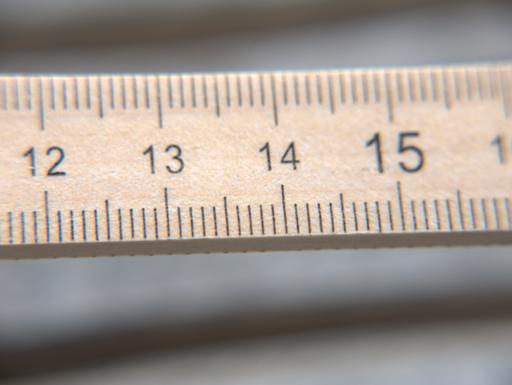
With the +10 macro lens, lifted again. I think the lens photo looks
sharper than the tube one, though there's no particular reason why
that should happen. 78 pixels/mm.
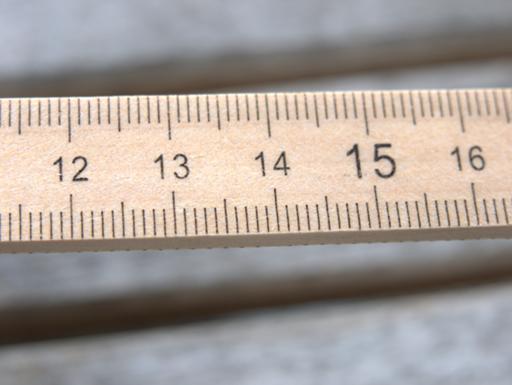
The full 26mm of tube. 150 pixels/mm.
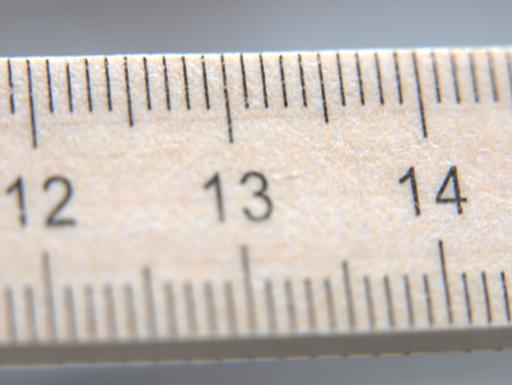
+17 dioptres of macro lens plus 26mm of tube on the 45mm. This
actually works surprisingly well. 195 pixels/mm.
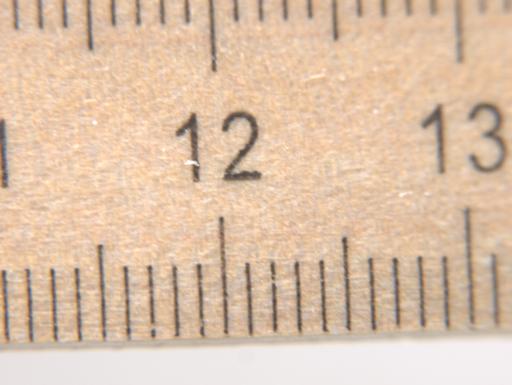
Everything! +17 dioptres of macro lens, 26mm of tube, and 200mm main
lens. (I was moving the subject to try to get it in something like
focus. With a more flexible tripod system so that both camera and
subject could be braced at the right distance from each other, this
would probably work better.) 857 pixels/mm. Which is scarily close to
optical limits: visible light wavelengths are conventionally
400-700nm, so there are only about 1½ to 3 wavelengths per pixel here.
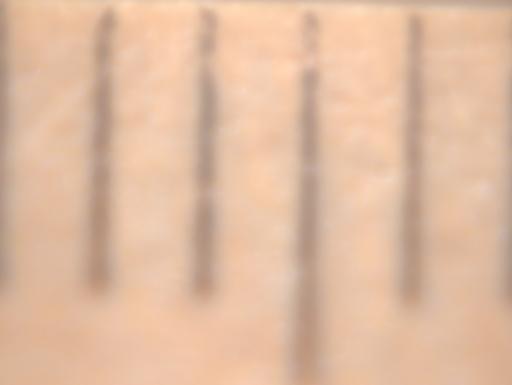
Compared with the lenses, the tubes are about as bulky to store,
quicker to get on and off (I'm very impressed with the manufacturing
quality), but don't seem to be any better in terms of image quality.
The lenses are more flexible, since there are four of them, and
explore the lower-magnification side of things more effectively. The
tubes are also about five times the price of the lenses; oh well.
Comments on this post are now closed. If you have particular grounds for adding a late comment, comment on a more recent post quoting the URL of this one.